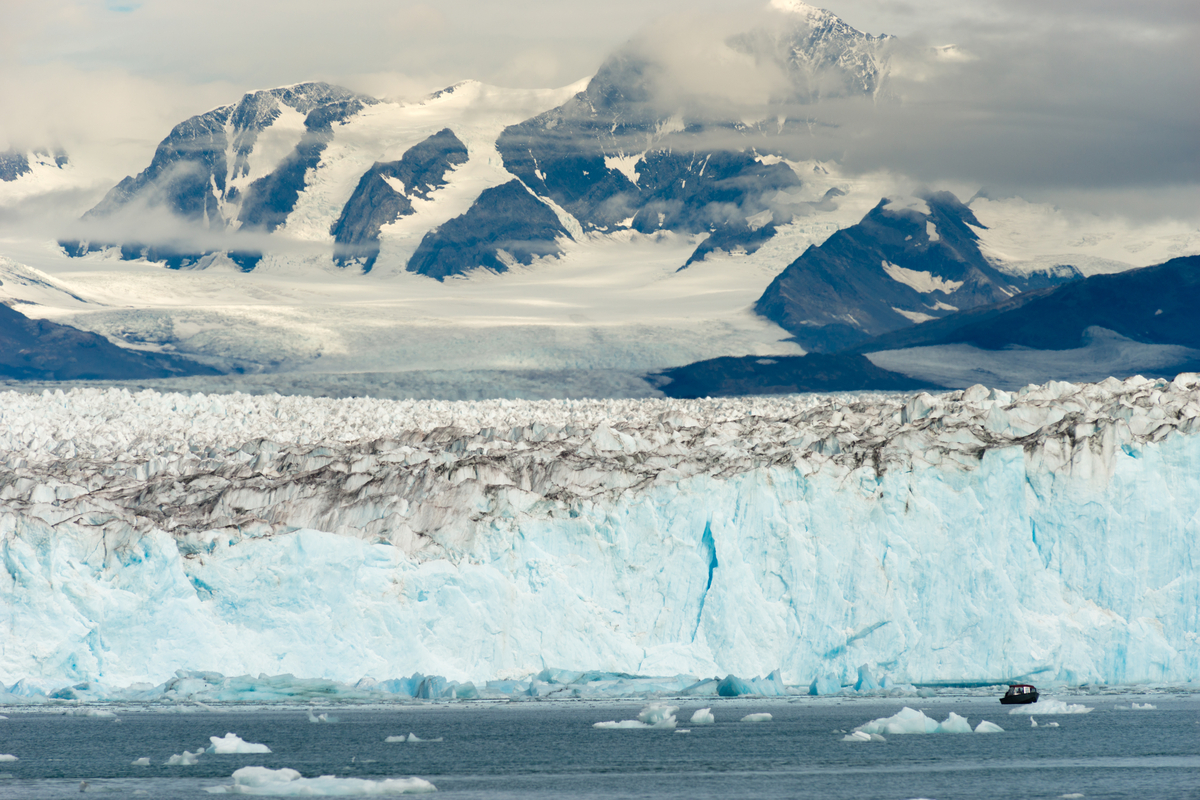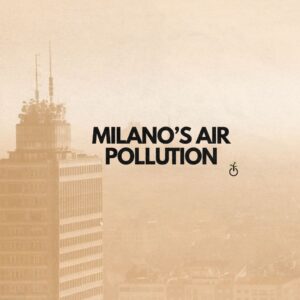In recent years, the permafrost has been melting due to global warming and, according to many experts, by the end of the century, 30 to 50% of the permafrost could disappear, not without causing many dramatic consequences.
Understanding the characteristics and functions of permafrost is essential to comprehending its impact on the environment. Permafrost is a layer of soil or rock that remains frozen for two or more consecutive years. It is typically found in very cold regions and consists of soil, gravel, and sand that are bound together by ice. Permafrost is an important feature of the Arctic and sub-Arctic landscape, covering about a quarter of the Northern Hemisphere’s land area. It is also a crucial component of the Earth’s climate system, as it stores large amounts of carbon and other greenhouse gases that have been trapped in the frozen ground for thousands of years.
The melting of permafrost raises four main issues. First of all, by thawing, it causes the soil to become fragile and even collapse, leading to the collapse of many infrastructures. For example in Norilsk, Russia a diesel tank of a thermal power plant collapsed, throwing up 20,000 tons of fuel on the soil and into the water. In the same city, because of the fragile soil, 10% of the inhabitants have already been forced to leave their homes, raising the issue of climate refugees. Second, it is estimated that 1.5 million tons of mercury is contained in the permafrost and, if it was released, it could have a significant impact on the health of a large proportion of the population. But above all, permafrost contains an immense amount of CO2 and methane, estimated to be 4 times higher than those emitted by human activities since the 19th century. Moreover, the release of these greenhouse gases would lead to a vicious cycle process since these greenhouse gases would accelerate the melting of the permafrost which itself would release more greenhouse gases and so on … According to a rather optimistic scenario in 2100 the permafrost will have decreased by 30% releasing 160 billion tons of greenhouse gases. ) Finally, the melting permafrost will release various animal carcasses carrying bacteria, which will cause microbes to disperse. This phenomenon already occurred in 2016, causing the death of hundreds of reindeer and a young child from the anthrax virus, which has been extinct since 1940. But much older viruses could reappear like the 30,000-year-old Mollivirus.
The solution to stop these disasters is to pursue a global policy to combat climate change, which has already been recognised by the IPCC as a global concern.
However, a rather interesting but unproven hypothesis was developed by the scientist Sergei Zimov. Indeed, in 1996, he created the Pleistocene park. In the first year, he only used 50 hectares into which he introduced queens, moose and horses. Then, in the following years, the park expanded, and new species were introduced. Sergei Zimov is indeed convinced that the return of the large herbivores that inhabited the plains of Siberia during the time of the Mammoths could help limit the melting of permafrost.
Two main factors explain this phenomenon: First, thanks to the movements of these massive animals, the snow cover is trampled, turned and pierced, which allows the cold of winter to better penetrate the permafrost and cool it down. But also, the gradual disappearance of the boreal forest in favour of vast steppes can be very beneficial since the open spaces are clearer and reflect much more sunlight without absorbing it.
Thus, the melting of this permafrost raises many environmental issues for the populations living in the territories where it is present but also for the whole of humanity and the Zimov hypothesis is an invitation to consider the importance of restoring a balance with the wild world.
By Lucie Windels
https://www.geo.fr/environnement/permafrost-gaz-methane-rechauffement-climatique-53512
https://fr.unesco.org/courier/2022-1/serguei-zimov-fonte-du-permafrost-menace-directement-climat
https://www.13prods.fr/lhypothese-de-zimov/
https://www.carbone4.com/analyse-adaptation-fonte-permafrost




